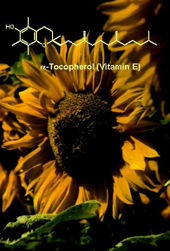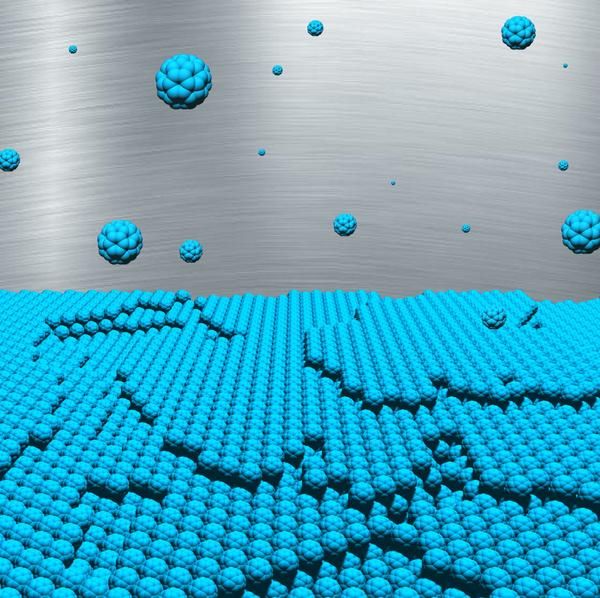BASF to double vitamin E production in Ludwigshafen
Advertisement
As part of the worldwide expansion of its vitamin business, BASF is doubling its production capacity for vitamin E to 20,000 metric tons per year. This measure is one feature of a capital expenditure program amounting to € 600 million, with which BASF is strengthening its position as the world's second largest manufacturer of vitamins. BASF is responding in this way to the rising demand for high-quality supplements used in animal feed as well as for producing foods and cosmetics.
Over € 100 million are being invested in raising the production volume of vitamin E and its precursors from the current 10,000 tons to 20,000 tons per year in Ludwigshafen. The stagewise capacity increases will take effect from 2002.
"With our investment program, we are unwaveringly pursuing our goal of attaining cost leadership. We can meet the worldwide demand better than ever before with efficient production and logistics structures," explains Dr. Christian Dudeck, head of BASF's Fine Chemicals Division. "Since fine chemicals such as vitamins are at the top of BASF's value-added chain, these capital expenditures also serve to enhance the Verbund, our integrated network system," says Dudeck of the way in which the global expansion program for vitamins fits into BASF's strategy.
Parallel to the concentration of vitamin E production in Ludwigshafen, the related production lines in the United States will be streamlined. BASF effectively taking part in the market growth for vitamin E
Vitamin E is used in animal feeds as well as in the manufacture of foods and cosmetics. As a component of animal feed, vitamin E helps to maintain the health and productivity of animals. The worldwide growth in the demand for meat products and heightened health and quality concerns have led to an increasing demand for vitamins in animal feeds. With a sales growth of about 4 percent per year, BASF secured a 26-percent share of the world market for vitamin E used in animal feeds in the year 2000.
In marketing vitamin E for foods, BASF is concentrating on its use as a nutritional supplement. By acquiring the vitamin business of Takeda, BASF has greatly enhanced its position precisely in this market segment.
Vitamin E is also acquiring ever-greater significance in the realm of cosmetics. As a well-established and widely used active ingredient, for example, in facial creams, body lotions or sunblocks, vitamin E protects the skin against daily environmental effects. With a world market share of about 30 percent, BASF sales have developed very well. All in all, the demand for vitamin E for cosmetic applications is increasing at a faster pace than the overall market for cosmetics.






















































